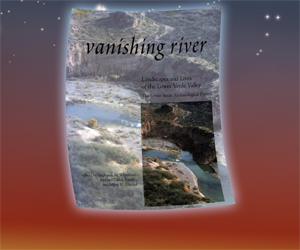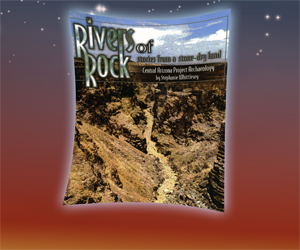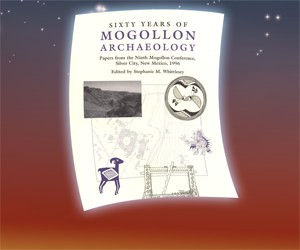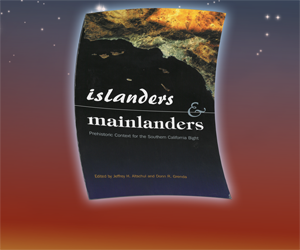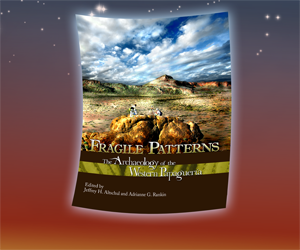Yamisevul: An Archaeological Treatment Plan and Testing Report for CA-RIV-269, Riverside County, California
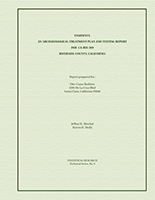
By Jeffrey H. Altschul and Steven D. Shelley
Technical Series 9
199 pp. / 1987
Limited archaeological testing and archival research were conducted on three cultural resources located along Mission Creek in Riverside County, California. All three resources are located on land formerly belonging to the Mission Creek Indian Reservation. Two of the resources, the Kitchen/Thomas settlement complex and a subterranean stone structure, were occupied by former residents of the reservation during the early portion of the twentieth century. The third resource, CA-RIV-269, consists of six discontinuous midden areas, an Indian Historic Cemetery, three bedrock mortar complexes, two rock wall features, two rock pile features, and numerous isolated grinding slicks. Three components were identified at CA-RIV-269, spanning the late prehistoric into the historical period; the latter may be associated with the Serrano Morongo clan.
The two historic resources were deemed ineligible for inclusion in the National Register of Historic Places. Site CA-RIV-269 was determined eligible for inclusion in the National Register of Historic Places. An archaeological treatment plan was developed; it combined aspects of avoidance and protection with data recovery. Individual data recovery plans are presented for each of these resources. The treatment plan also includes field and analytic techniques to be used during data recovery. The results of Native American consultations are presented, with the recommendations of affected groups and individuals incorporated into the plan.

